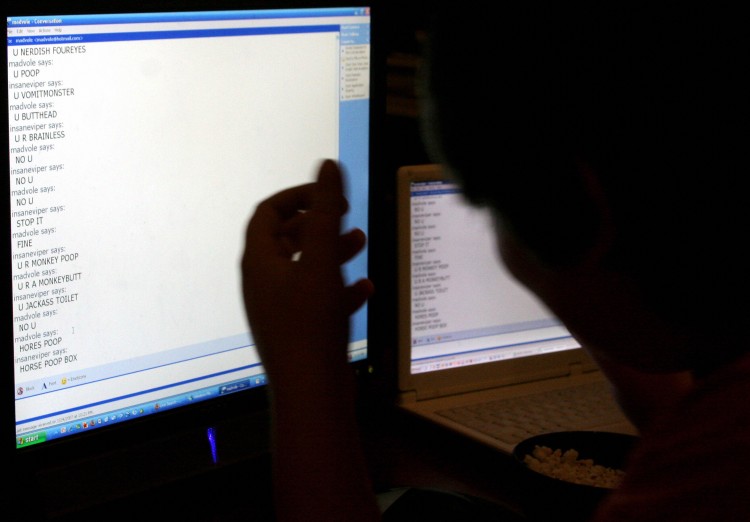Cyberbullying, A Growing Worldwide Epidemic
The advent of new technologies and digital networking means bullies do not need face-to-face interaction to hurt others.
The damage cyberbullies do can be worse than in-person bullying, with rumors spreading much more quickly to a potentially wider audience.

A teenager and his younger brother enjoy trading insults over an instant messaging system. Many children in the U.S. have started to use the internet as a way to cyberbully because they don't really think that they are doing anything wrong, they think they are having fun. Nicholas Kamm/AFP/Getty Images
|Updated:





